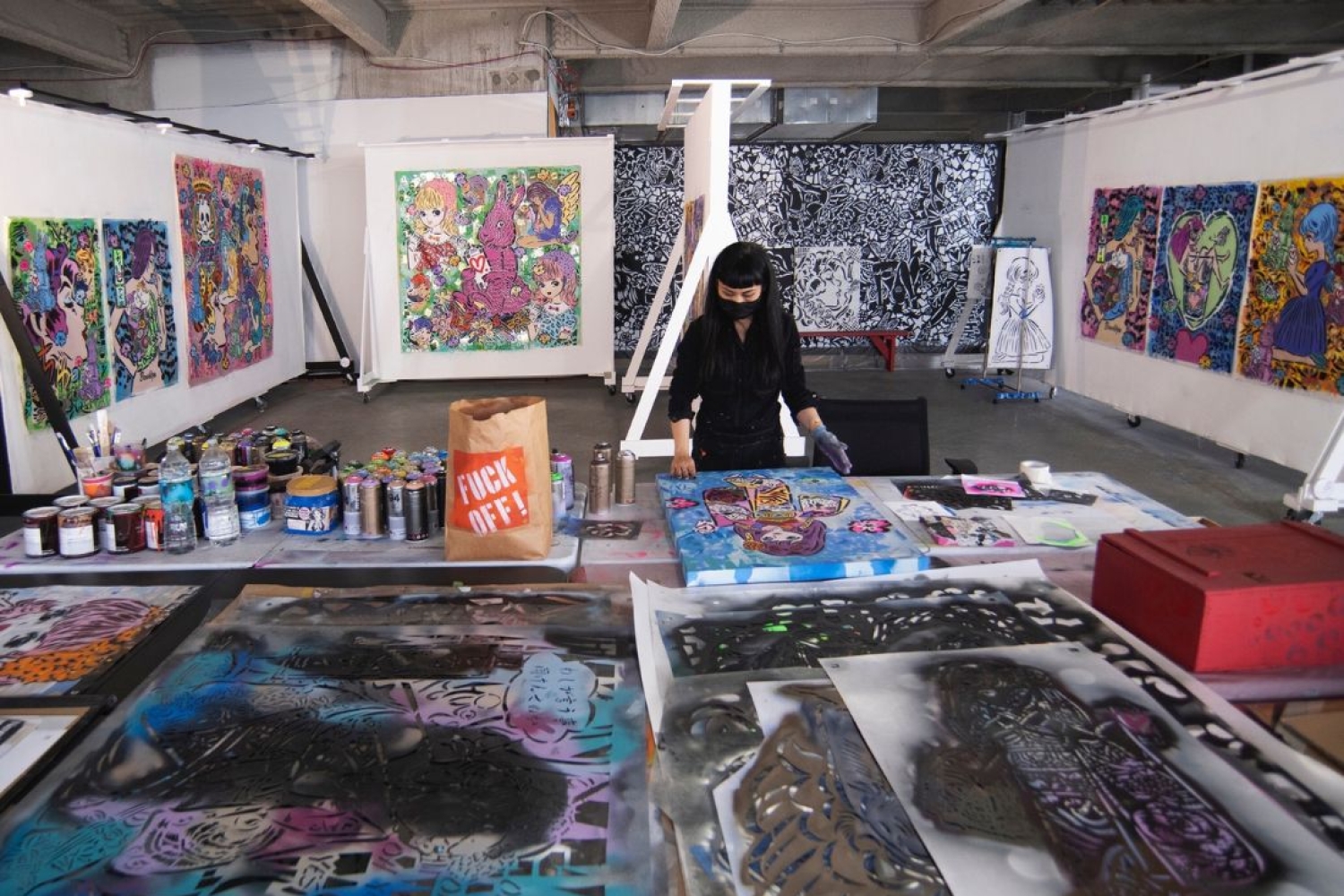

Street artist icon Lady AIKO's art can be found on walls across the globe. As the walls of Mumbai get adorned with her signature bunnies and stencils through her solo exhibition at Gallery XXL, she reflects on her journey of how she survived through graffiti at a time when it was illegal.
Born and raised in Tokyo, AIKO came to NYC to pursue an MFA in Media Studies in 1997 with little knowledge of English. Exposed to the city's vibrant street art scene, graffiti became her means of expression. In the game of painting walls and evading police, AIKO found the thrill of her life on the streets. Recalling her street art days, AIKO remarks "Everyone’s idea of street art is different. My early time street art meant 100% pure energy and we worked anonymously, we didn't need permission to paint, nothing to do with selling, we didn't need to go to a gallery to show and explain to others the idea of street art. I still believe commission murals and public art projects sponsored by someone is different from the original street art."
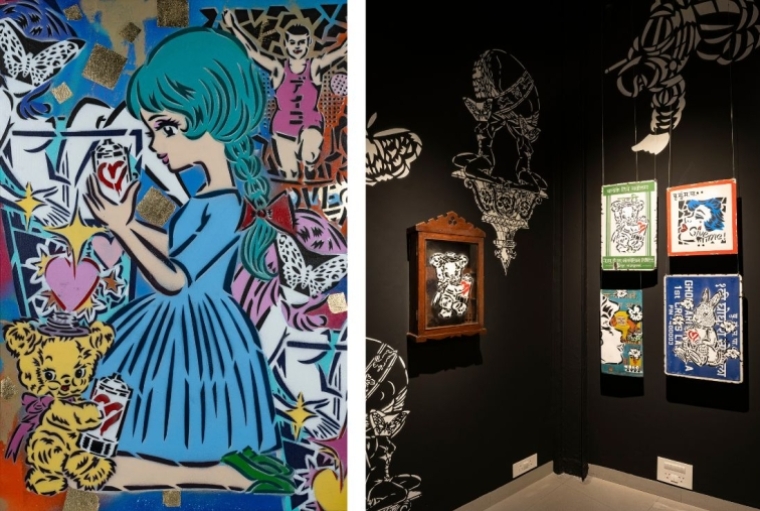
In a time where stencils are often machine-made, AIKO meticulously cuts stencils from her own hand. She is most knwon for stencilling her signature Bunny, which she first spray painted in Banksy’s studio in London in 2005. Stemming from her Japanese heritage, AIKO projects her roots with multiple renditions of her Bunny across the world including Amsterdam, Istanbul, Saigon, Berlin, Johannesburg, Soweto, Copenhagen, Fukushima, Vienna, Dubai, Shanghai and more. Graffiti then becomes a medium of making conversations for her across various communities and address the image of herself and her heritage.
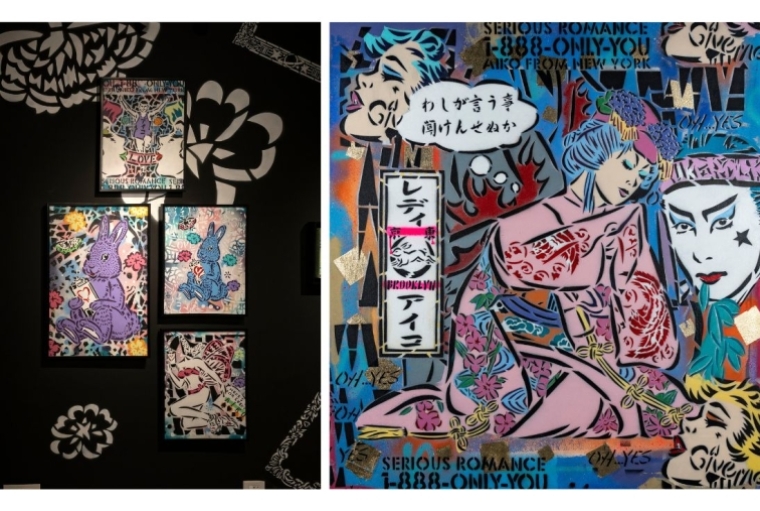
Along with the bunny motif, AIKO also paints gratifying images of girls. She tells us, "I was one of the only few women in the scene in NY and had a hard time expressing myself as a woman during the early time. They said "a girl cannot paint graffiti." All the sexy women I create are coming from myself, flying and chilling comfortably in the public space which is my fantasy. It’s a statement of my existence." Her fantasy is played in her first memory of street art too—"I wheat pasted a bunch of naked pictures (of me) in the street of NYC lower east side." Her art becomes a way of owning the streets with her aspirations and desires of freedom of being herself.
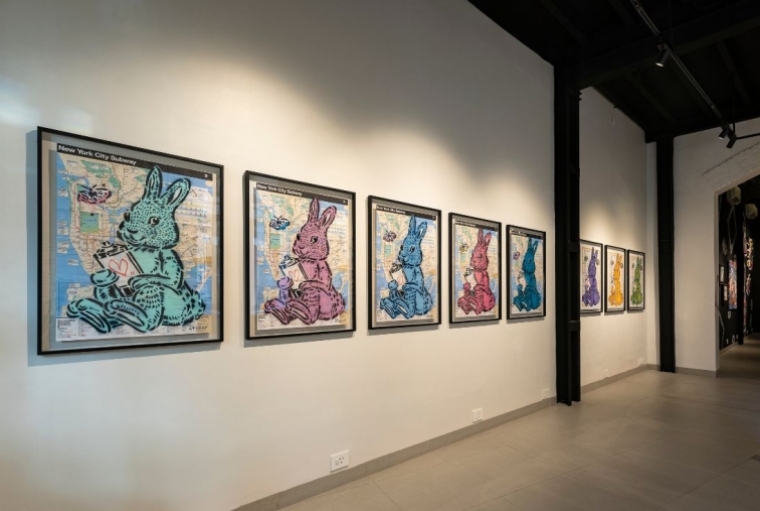
Reflecting on the underground scenes of street art in India, she tells us "I discovered street art culture in India to be unique and young. For example, the graffiti scene started around 2014, I love the fact underground is still underground and it’s real. Just like when I arrived in NYC in the1990s and discovered underground scenes. I’m glad to find a place where I can work like I used to work with a new young generation who is seeking to evolve."
AIKO's nostalgia for the rawness of art scene is something that many would share. Her life as a young artist in a field populated with American men is revolutionery, pathbreaking and as she says "I'm happy to hear you feel it’s[paintings of women] sexy."
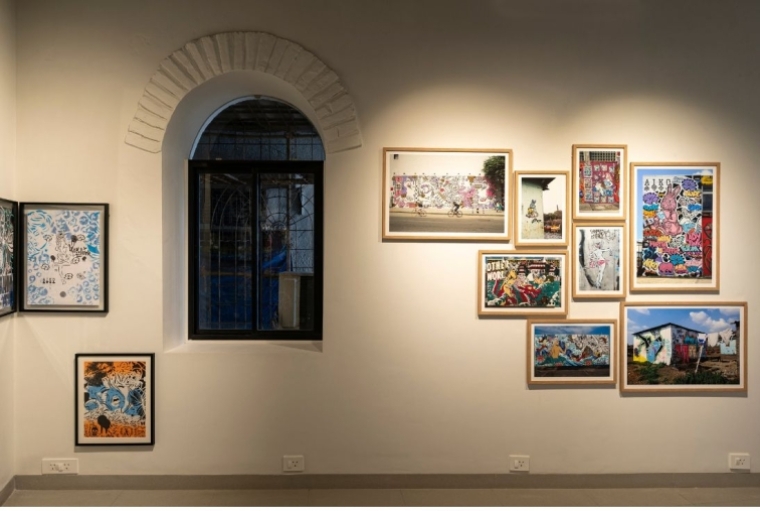
Words Paridhi Badgotri
Date 28.03.2024